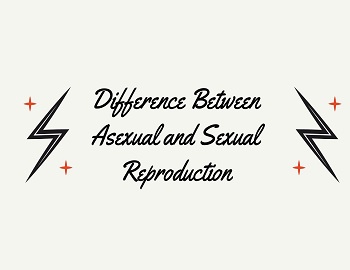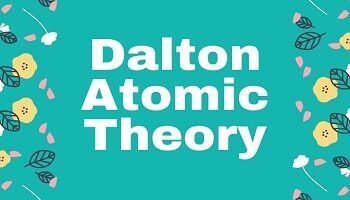Table of Contents
Synthetic Theory of Evolution:
The twentieth-century theoretical synthesis of Darwinian evolutionism and Mendelian genetics is known as the synthetic theory of evolution. This theory was propounded by Neo-Darwinists. This theory is based on gene mutation, gene recombination, natural selection, genetic drift, and isolation. Besides these five factors, other factors influencing evolution are migration, hybridization, and chance. It is also called a modern theory of organic evolution.
The basic postulates of the synthetic theory are as follows-
The Cold Spring Harbour Symposium, California (1959) identified the following seven postulates of the Synthetic Theory of evolution. Of these postulates, 1st to 4th is concerned with the origin of genetic variability, from 5th to 6th are concerned with the origin of species and the 7th one highlights how evolution is a continuous process.
- At least in higher animals and plants, evolution proceeds principally as the result of the interaction between four indispensable processes like Mutation, Gene Recombination, Isolation and Natural Selection.
- Mutation neither directs evolution as the earlier evolutionists believed, nor even serves as an immediate source of variability upon which selection may act. It is rather a reserve or potential resource of variability, which serves to replenish the gene pool as it becomes depleted through the action of selection.
- The mutations which are most likely to be accepted by selection and so to form the basis of new types of organisms and those which individually have relatively slight effect on the pheno type, and collectively for the basis of multi-factorial inheritance.
- The role of natural selection is much more than the purely negative one of eliminating unfit types. By greatly increasing the frequency of gene combination which otherwise has a very low chance of appearing, selection has an essentially creative and progressive effect.
- The continued separation of new adaptive lines of evolution from related lines with different adaptations requires the origin of barriers of reproductive isolation, preventing or greatly restricting gene flow between them. This separation is essential for maintaining the diversity of adaptation which exists in any one habitat and so should be regarded as the basis of species formation.
- The origin of reproductive isolation like that of new adaptive types requires the establishment of many new genetic changes, including structural alternatives of the chromosome and cytoplasmic changes as well as gene mutation.
- The Origin of Genera and other higher categories, as well as the long time trends, which have given, rise to increasingly complex and highly organized forms of life. This results from the continuation into geology spans of time of the processes responsible for evolution of the racial and species level. The only new element, which must be considered, is the increasingly reminent extinction of populations intermediate between these successful lines.
Criticism of Synthetic Theory of Evolution:
The main criticism labelled against synthetic theory are as follows-
- This theory is helpful in explaining previous evolutionary theory but it fails in providing the clue of future evolutionary changes.
- This theory treats convergence and hybridization as secondary factors in evolution. But both these factors play a valuable role in human evolution.
- Migration cannot be treated as a different factors because migration can be explained by convergence and hybridization.
- This theory is unable to explain the adaptation of new variations.









Comments (No)